Common Chimney Issues to Look For
The living room is at the center of any home, which offers a gathering place for friends and family and hosts countless precious memories. With the fireplace acting as a focal point, it is very common to forget about the other half you can’t see… your chimney.
This is your reminder to check on your chimney and look out for the seven most common issues. The most common chimney issue is creosote buildup, and if you are not sure what creosote is, read more about it here and learn ways to avoid it. Other common chimney issues include additional problem areas, damages, and obstructions.
Chimney Obstructions
A blocked chimney can be extremely dangerous, and different things can obstruct your chimney. Blockages in your chimney create operating problems and can cause carbon monoxide fumes to enter your home. In addition to those fumes, a blocked chimney can cause a house fire. If you suspect possible chimney obstructions, a quick and safe way to spot them is to keep an eye on any possible smoke or soot entering the home when you burn a fire in the fireplace. Remember that obstructions are not always visible, and the best prevention for chimney obstructions is to have your chimney professionally cleaned at least once a year.
Damaged Chimney Liner
The chimney flue liner is arguably the most important part of your chimney. It protects the most flammable parts of the chimney from the heat. It is common for chimney liners not to last quite as long as the rest of the chimney. Creosote and other obstructions build up over time and can cause damage to the liner if left untreated. As with other issues, chimney liner deterioration can cause your home to be vulnerable to fires.
Chimney Crown Damages
Your chimney crown is at the top of your chimney. It creates a seal around the perimeter of your chimney by connecting the outer edge of the chimney to the inner edge of the flue liner. Chimney crowns are made from a unique mortar mix that, while secure, is subject to cracking and chipping over time. Moisture easily enters through the damaged areas of the crown and causes extensive corrosion. If you are able to catch the damage early, it is simple to repair damages to your chimney crown. It is ideal to identify damages early on to avoid complete chimney replacement. Waterproofing your chimney crown is a great way to help prevent damage and corrosion.
Leaking Flashing
Installing chimney flashing is a difficult task to begin with because creating a watertight seal is challenging. It is extremely important to have professionals install and repair your chimney flashing to avoid any issues during install and repairs. It is easy for water to enter damaged flashing and spread to the unprotected part of your roof, causing additional damage. People often do not discover leaking flashing until they see interior roof leaks, and by then, it is often too late to prevent extensive damage to the ceiling or even structural damage. Repairing damages from leaking flashing can become expensive. It is easy to do a visual check of your chimney and attic area to help prevent leaking flashing.
If you think you have identified any of these issues with your chimney, or if you just want to avoid them in the future, give us a call to schedule your cleaning.
The post Common Chimney Issues to Look For first appeared on Southern Chimneys.
This post first appeared on https://southernchimneys.com
 Wood Inserts
Wood Inserts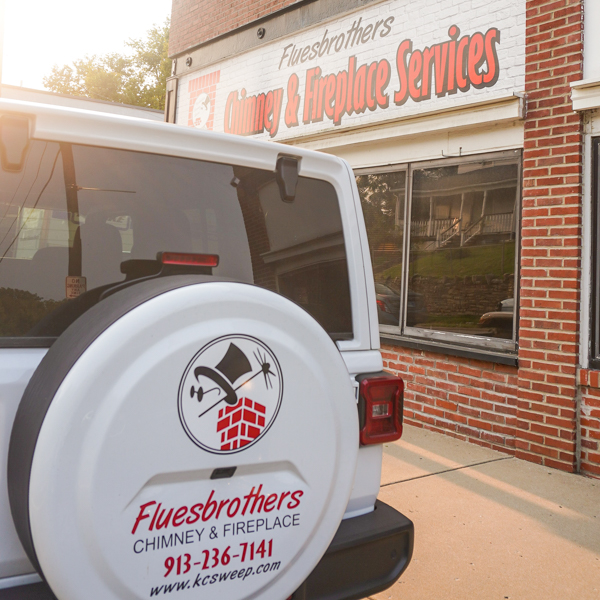 Best Selection & Certified Installation
Best Selection & Certified Installation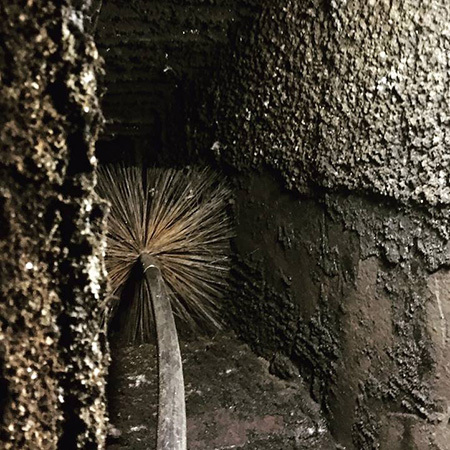 Creosote and soot
Creosote and soot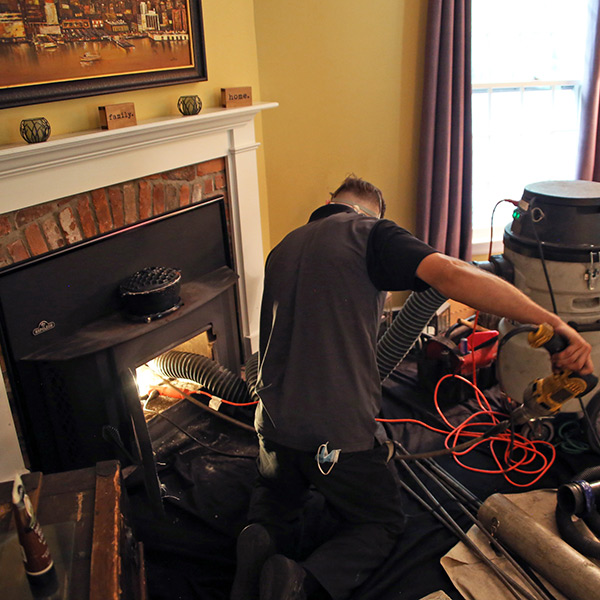 What to do
What to do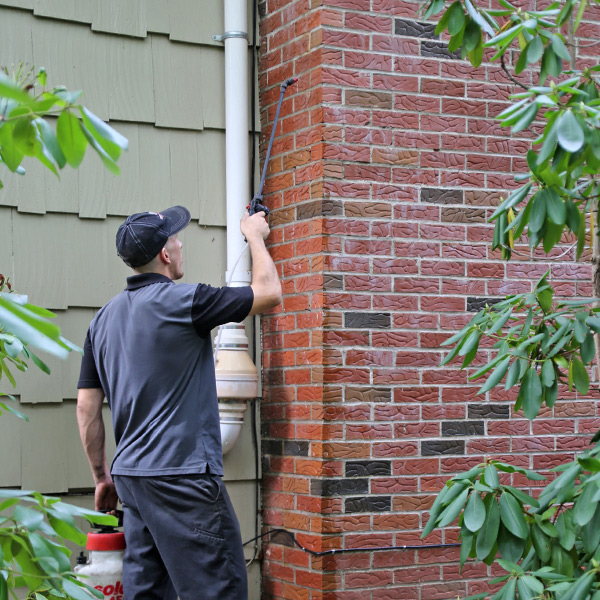 You’ll have time to make repairs.
You’ll have time to make repairs.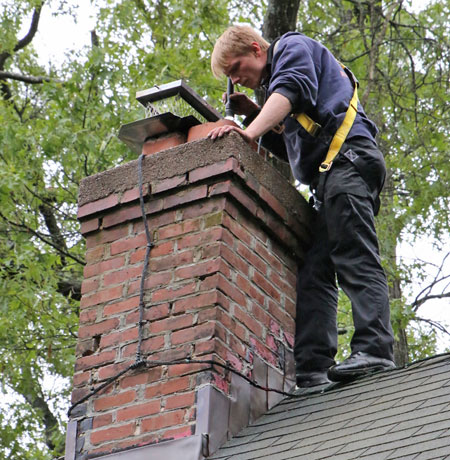 Chimney inspections identify potential structural issues.
Chimney inspections identify potential structural issues.
 Throat Damper
Throat Damper

 They continually train their staff
They continually train their staff We are Connecticut’s premier and trustworthy chimney sweep company
We are Connecticut’s premier and trustworthy chimney sweep company